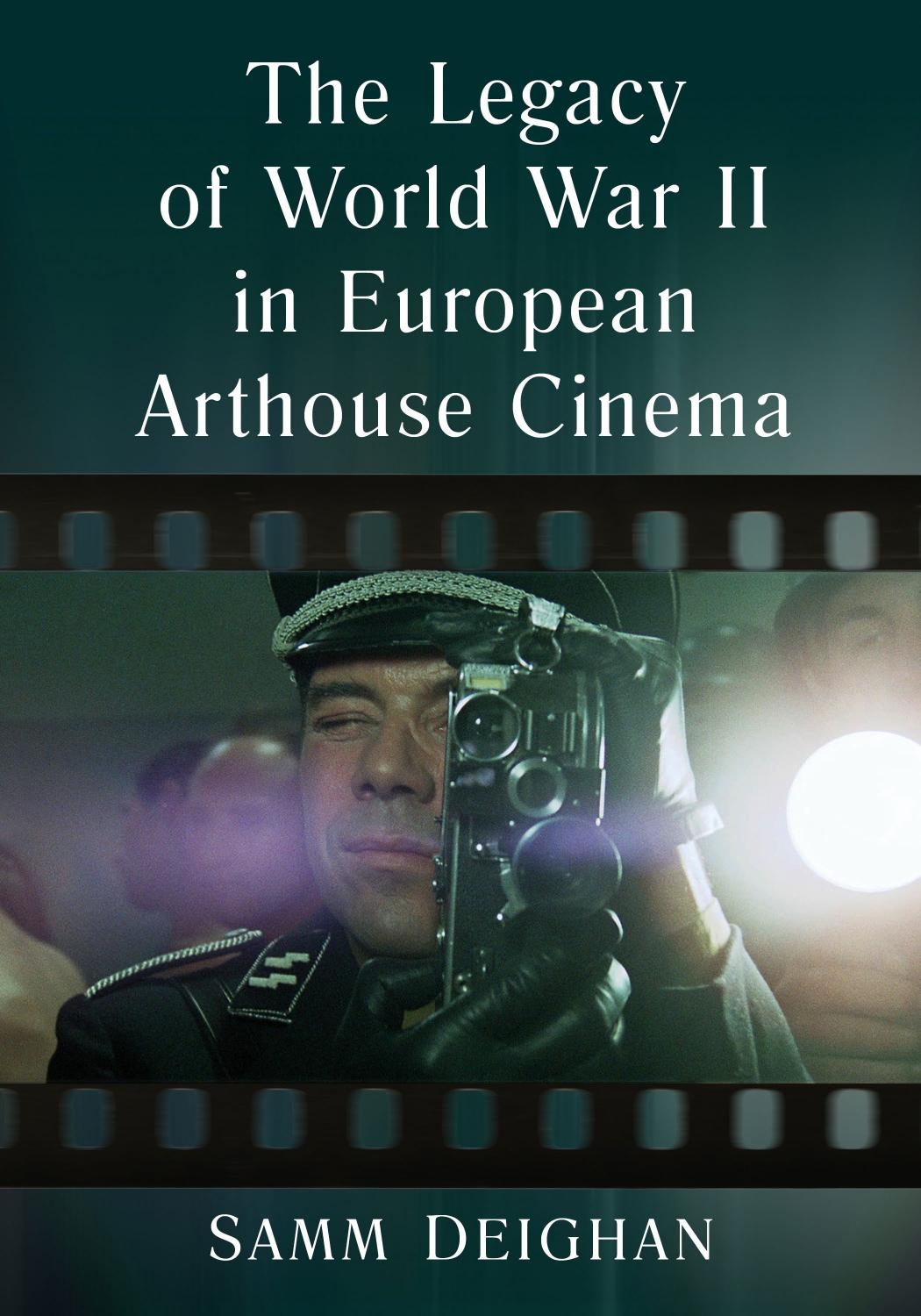The Legacy of World War II in European Arthouse Cinema by Samm Deighan;

Author:Samm Deighan;
Language: eng
Format: epub, pdf
Publisher: McFarland & Company, Inc.
Published: 2021-06-08T00:00:00+00:00
The elegant, tragic Veronika Voss (Rosel Zech) hovers like a spectral presence throughout the film (Die Sehnsucht der Veronika Voss, Laura Film/Tango Film/Rialto Film, 1982).
In addition to Vossâs inability to transcend her Nazi past, the filmâs emphasis on World War II trauma is highlighted by an old Jewish couple, antique dealers and Holocaust survivors also being treated by Dr. Katz for ânervous disorders.â They are survivors of the Nazi death camp Treblinka and welcome the relief of morphine from constant emotional pain. This suggestion that trauma is a wound healed only by death is constant throughout the film and Fassbinderâs other worksâparticularly Fox and His Friends and In a Year with 13 Moonsâshare this abiding sense of personal misery and the desire for oblivion.
It is also worth questioning if Fassbinderâs selection of Treblinka was intentional. In a Year with 13 Moons introduces Saitz as a survivor of Bergen-Belsen, a concentration camp located near Hanover (about three hours east of Berlin). It was used primarily for labor or transit and lacked gas chambers or gas vans; yet of the roughly 120,000 people who passed through the camp, around 50,000 were killed. Despite this staggering statistic, it maintained the reputation of being one of the easier camps to survive. Treblinka, on the other hand, located in ÂNazi-occupied Poland, was the site of mass exterminations organized by Operation Reinhard, the Nazi code name for the planned annihilation of Jews in the Generalgouvernement (a large territory in occupied Poland and Ukraine). Organized by Reinhard Heydrich, this elaborate plan included the construction of previously mentioned death camps Belzec, Sobibor, and Treblinka, and later, Majdanek.
In the three years that it was open, nearly a million people were killed at Treblinka, making this the location of the second highest number of Holocaust deaths next to Auschwitz. But unlike Auschwitz, the Germans were prepared for the arrival of Soviet soldiers and the camp was destroyed. An attempt was made to hide all evidence of genocide. Treblinka was one of the camps to experience an uprising and as a result, roughly 70 peopleâout of nearly a millionâsurvived. Only a few of those made it past the war years and many devoted the rest of their lives to telling their story to the world. Examples include survivor Hershl Sperling, who gave testimony but eventually committed suicide, as did another survivor, author Richard Glazar. Sculptor Samuel Willenberg, is the rare example of a Treblinka survivor who also took part in the Warsaw Uprising, lived into his 90s and passed away in 2016.
This intersection between drug overdose, survivor guilt, depression, loneliness, and suicide that can be found in Veronika Vossâas well as Fox and His Friends and In a Year with 13 Moonsâencompasses main characters who are all tired, in pain, and, above all, ready to die. Before Veronika Voss, Fassbinderâs most spectacular image of death was the eerie, blue subway station where Fox lays down to die in Fox and His Friends. Here, it is surpassed by the image of Veronikaâs
Download
The Legacy of World War II in European Arthouse Cinema by Samm Deighan;.pdf
This site does not store any files on its server. We only index and link to content provided by other sites. Please contact the content providers to delete copyright contents if any and email us, we'll remove relevant links or contents immediately.
The Kite Runner by Khaled Hosseini(4946)
Gerald's Game by Stephen King(4367)
Dialogue by Robert McKee(4156)
The Perils of Being Moderately Famous by Soha Ali Khan(4062)
Story: Substance, Structure, Style and the Principles of Screenwriting by Robert McKee(3326)
The 101 Dalmatians by Dodie Smith(3296)
The Pixar Touch by David A. Price(3202)
Confessions of a Video Vixen by Karrine Steffans(3098)
How Music Works by David Byrne(2958)
Fantastic Beasts: The Crimes of Grindelwald by J. K. Rowling(2837)
Harry Potter 4 - Harry Potter and The Goblet of Fire by J.K.Rowling(2797)
Slugfest by Reed Tucker(2796)
The Mental Game of Writing: How to Overcome Obstacles, Stay Creative and Productive, and Free Your Mind for Success by James Scott Bell(2763)
4 - Harry Potter and the Goblet of Fire by J.K. Rowling(2526)
Screenplay: The Foundations of Screenwriting by Syd Field(2429)
Scandals of Classic Hollywood: Sex, Deviance, and Drama from the Golden Age of American Cinema by Anne Helen Petersen(2391)
Wildflower by Drew Barrymore(2378)
The Complete H. P. Lovecraft Reader by H.P. Lovecraft(2366)
Casting Might-Have-Beens: A Film by Film Directory of Actors Considered for Roles Given to Others by Mell Eila(2300)
